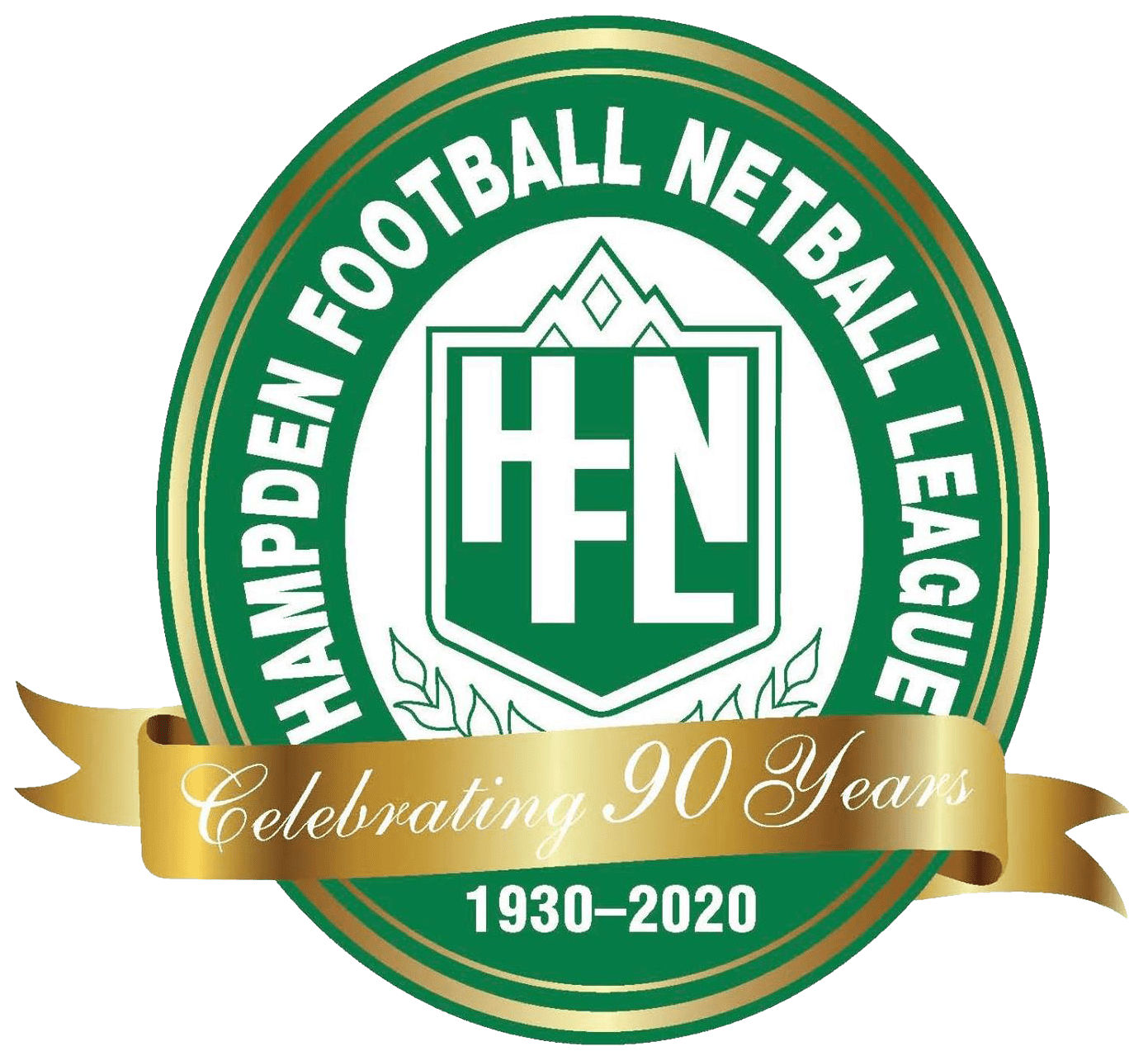Injury Assessment: Part 2
STOP
Depending on the situation this may range from actually stopping the game to merely attracting the player’s attention.
ASK?
Where does it hurt? What happen? Was it a direct hit, twist, fall or other? Has this happen before? Have you injured the opposite side? (If appropriate) Did you hear anything? What type of sensation, sharp pain, dull ache, numb, loose joint, tingling? NOTE: how, when, what and why, as much relevant information as you can get
LOOK
Look at the injured area for swelling, discolouration and deformity. Compare to the other side e.g. injured left knee compare to good right knee. (Just remember if player has had previous injury to that area it may already look different e.g. if they have had surgery)
TOUCH
Gently feel around the injured area starting away from and working closer to the injury. (Consider gloves) Compare to the opposite side and monitor player’s body language.
ACTIVE MOVEMENT
The player moves the joint. E.g. ask the player to firstly move the injury elbow. Note the range of movement
PASSIVE MOVEMENT
Trainer moves the joint. E.g. be advised by the player of their limitations. Don’t go pass the point of pain.
SKILLS
The player should be able to complete all skills perform during the game e.g running, changing direction, jumping, kicking, bump, etc… Depending on the situation these can be observed on the sideline.
If you think a player is injured, the trainer needs to ascertain the following:
ALWAYS CONSULT A TRAINED PROFESSIONAL. This information is a resource and provides an overview. It’s not a substitute for medical advice and you should always see a trained professional practicing in sports medicine, your doctor or seek assistance of the hospital if the injury/ health concern requires urgent attention
Proudly Supported by: The Flying Horse, Warrnambool – Pulse CPR – Star Printing
Email: sspokes@yahoo.com.au | Facebook page: South West Trainers


